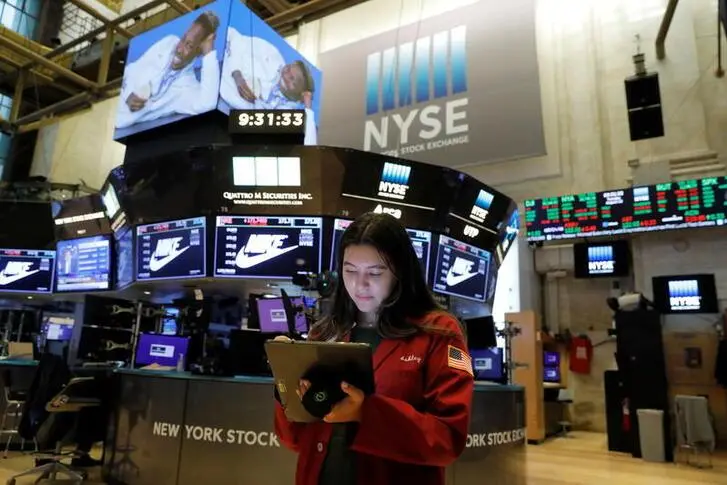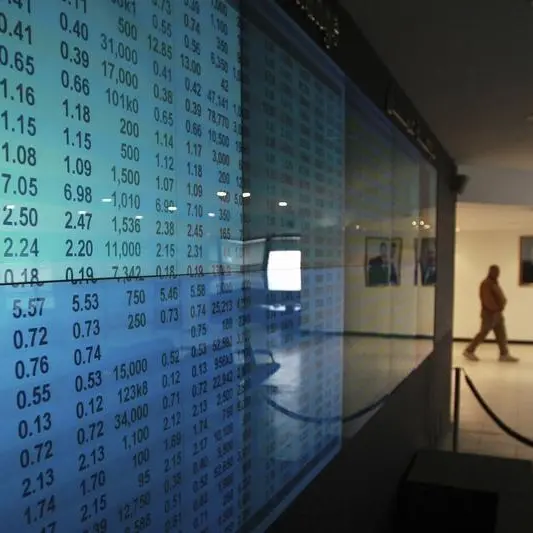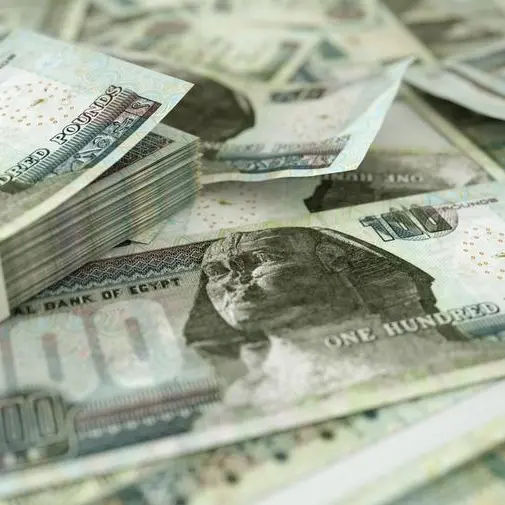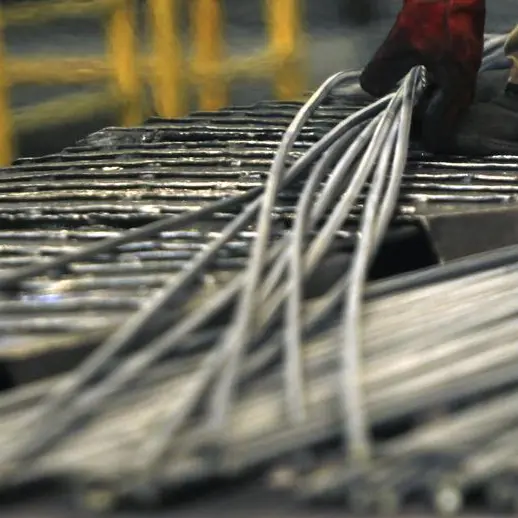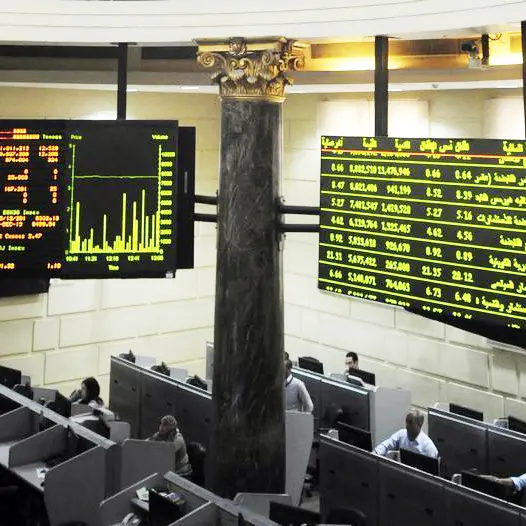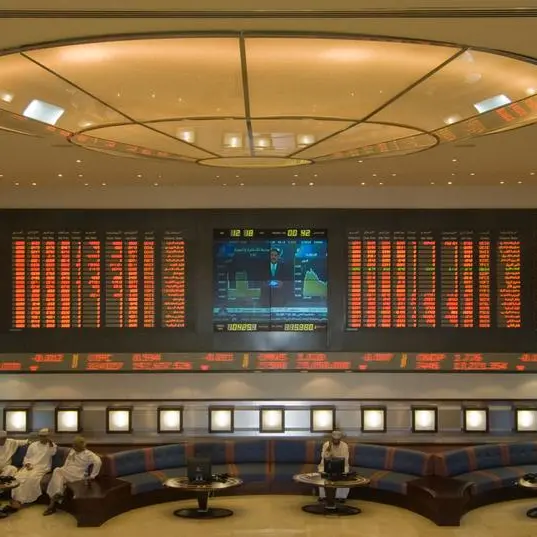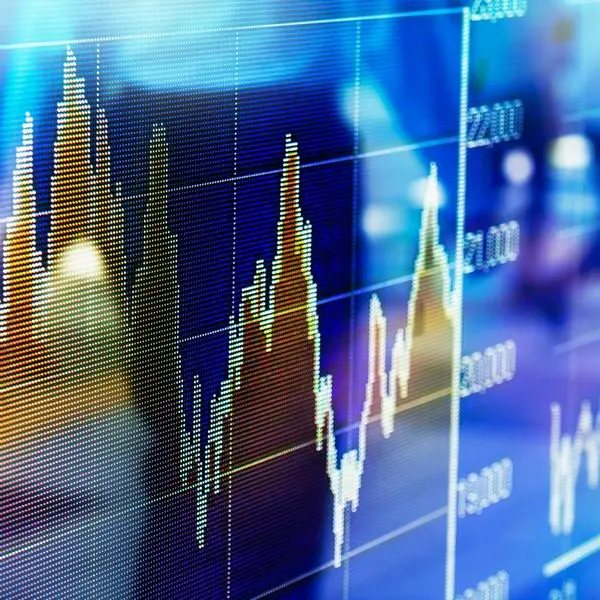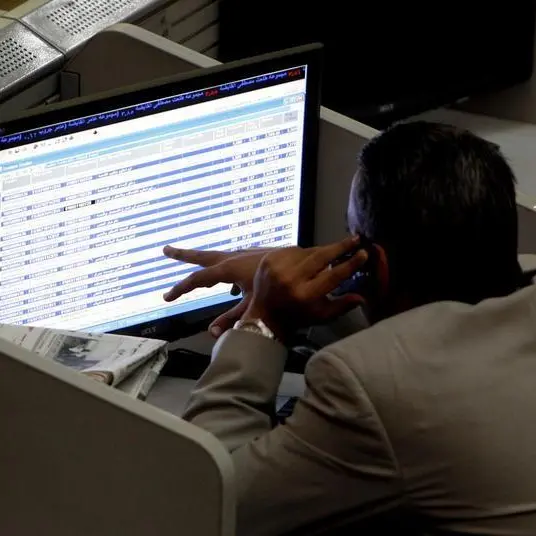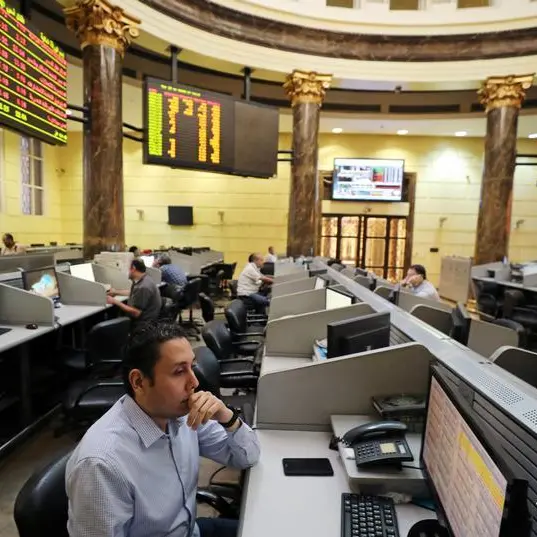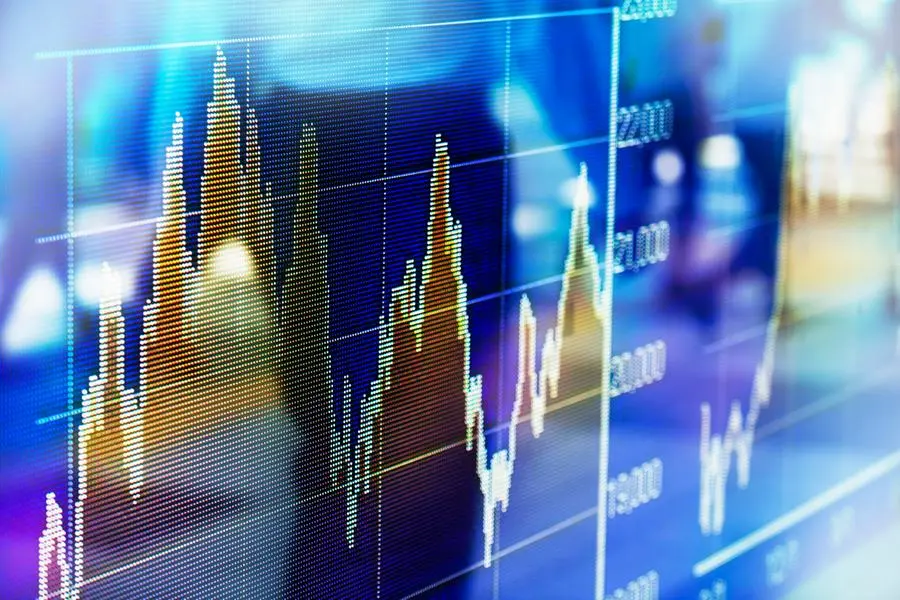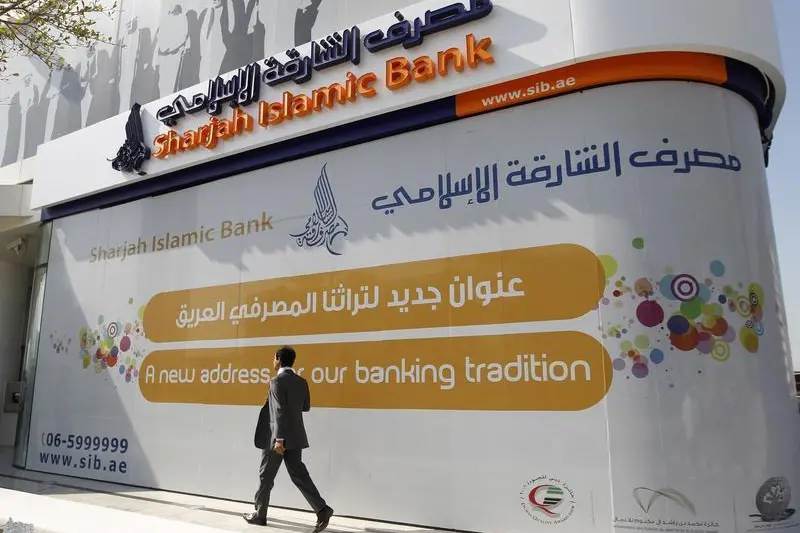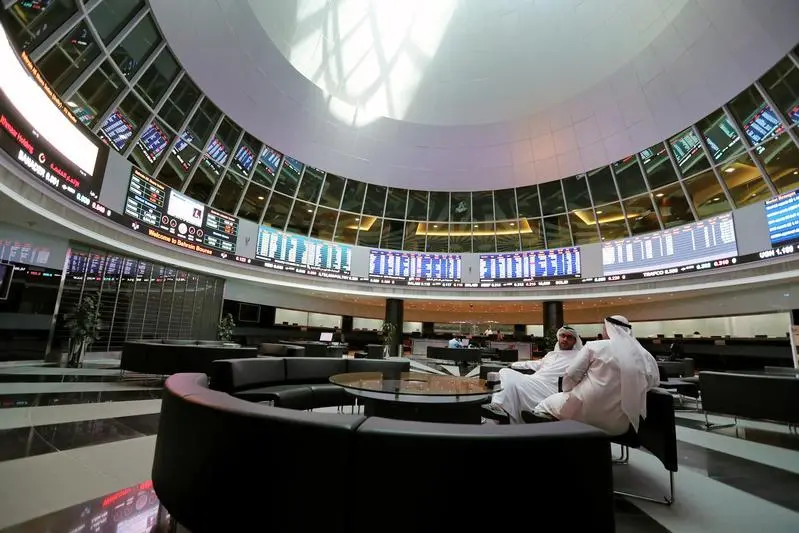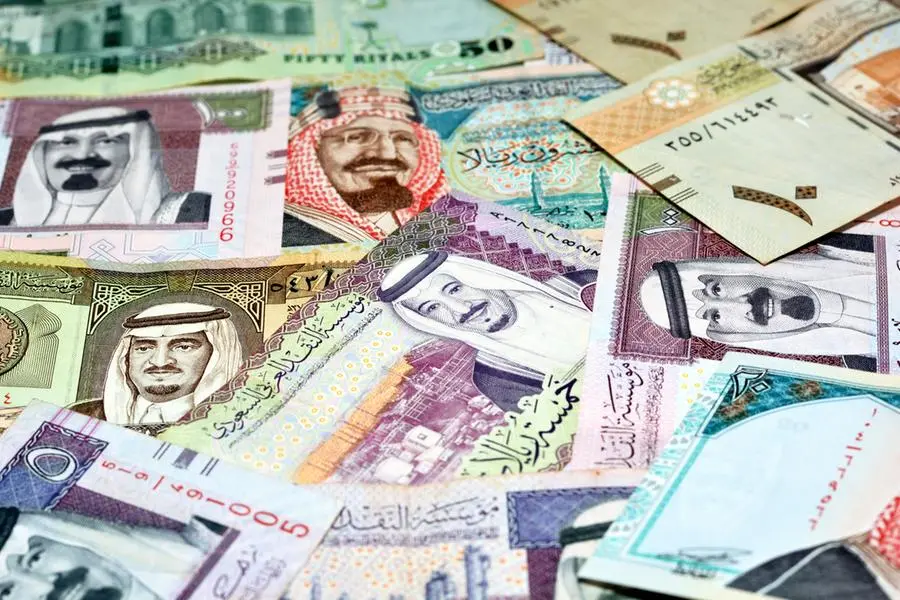PHOTO
A trader works on the trading floor at the New York Stock Exchange (NYSE) in Manhattan, New York City, U.S., August 10, 2021.
HONG KONG/SINGAPORE - Asian stocks slumped to their lowest levels this year and the dollar hit 10-month highs on Thursday as a double-whammy of worries about global growth and an end to central bank support drove nervous investors toward safety.
Commodities were also sold with oil down for a sixth straight session and at three-month lows, while growth bellwether copper fell to a two-month trough.
MSCI's broadest index of Asia-Pacific shares outside Japan dropped 1.5% to its lowest level since December. S&P 500 futures fell 0.1% and Euro STOXX 50 futures were off 0.63% by midway through the Asia day.
"You can't find a bull out there," said Kay Van-Petersen, a global macro strategist at Saxo Capital Markets in Singapore.
He said "an accumulation of things," from the spread of the Delta virus variant to a tech crackdown in China and the impression from Federal Reserve minutes that a slowdown in asset purchases looms was enough to sink fragile sentiment in Asia.
The dollar rose 0.3% to $1.1665 per euro, hitting its highest since November 2020 along with the dollar index as the greenback made 2021 peaks on the Australian and New Zealand dollars.
Selling pressure in stock markets extended from Chinese tech shares to semiconductors and miners. The Hang Seng tech index fell 1.8% to its lowest level since its launch last year. The broader Hang Seng dropped 1.6%.
Alibaba's Hong Kong shares fell to a record low.
Chip giant TSMC fell 2% and had Taiwan's benchmark .TWII on course for its worst session since May, while tumbling iron ore prices pushed shares in global miners BHP and Rio Tinto to their lowest in months.
The two miners look set for their worst weekly drops since the height of pandemic panic in markets last year, even after BHP reported its best profit in almost a decade on Tuesday.
"The spreading Delta variant is pushing down economic growth," said Ayako Sera, market strategist at Sumitomo Mitsui Trust Bank.
"But on the other hand, in the grand scheme of things, the Federal Reserve and some other central banks are starting to remove stimulus they began to deal with the pandemic ... so the balance is tilting in the direction of risk-aversion."
The CBOE Volatility index, also known as Wall Street's fear gauge, jumped 3.66 points to its highest level in about a month overnight and the S&P 500 index fell 1% to a two-week low.
Minutes from the Fed's July meeting published on Wednesday showed officials expect they could ease stimulus this year, though there was division over recovery in the labour market and the level of risk posed by new rises in cases.
"The minutes show a Fed that is pretty split on most things, but recognises that we are getting much closer to the point of tapering," wrote ING analysts in a note.
Focus now shifts to the Fed's annual research conference in Jackson Hole, Wyoming, next week for any read about the central bank's next steps.
U.S. Treasury yields held near recent lows in Asia. Benchmark 10-year notes were last at 1.2650% with growth wobbles driving demand for bonds.
Oil extended losses into a sixth day on Thursday, falling to three-month lows. ANZ analysts said rising U.S. inventories had fuelled fears of weaker demand amid a spike in COVID-19 cases worldwide.
Brent crude was last down 1% at $67.54 a barrel, U.S. crude lost 1.2% to trade at $64.42 a barrel.
The stronger dollar also dragged on gold, with the spot price dropping 0.55% to $1778.87.
(Reporting by Alun John in Hong Kong. Additional reporting by Hideyuki Sano in Tokyo and Tom Westbrook in Singapore; Editing by Sam Holmes) ((alun.john@thomsonreuters.com;))
((To read Reuters Markets and Finance news, click on https://www.reuters.com/finance/markets For the state of play of Asian stock markets please click on: 0#.INDEXA ))
